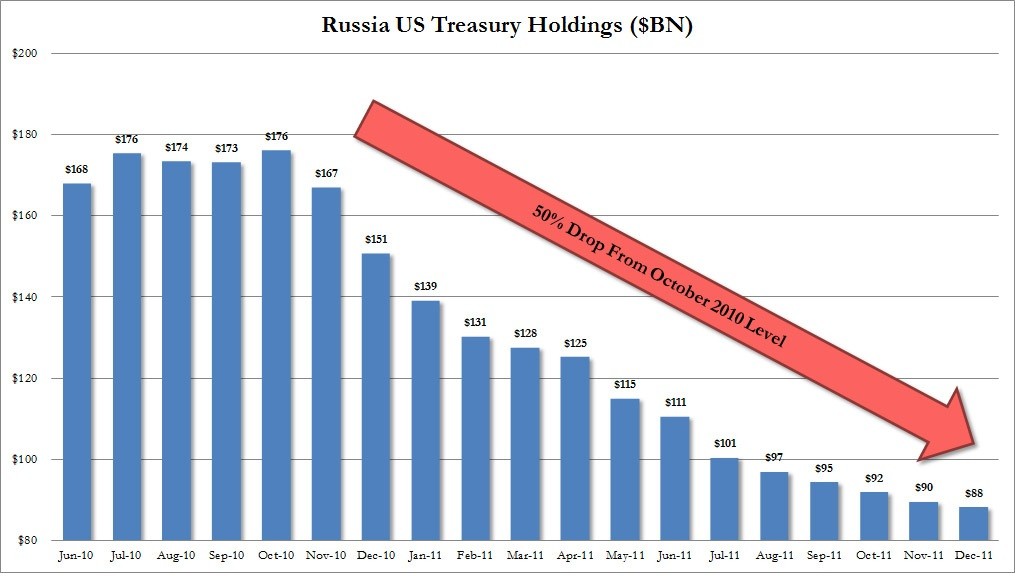Why Investors Need to Stop Sweating the Federal Reserve
Post on: 6 Июль, 2015 No Comment

Recent Posts:
Why Investors Need to Stop Sweating the Federal Reserve
Few issues have gained as much attention in recent weeks as the Federal Reserve’s plan regarding short-term interest rates.
The questions are endless. Will the Fed change the language of its statement? Just exactly how long is a “considerable time?” How much weight should we give to the dot plot. Which FOMC members are dissenting, and why?
Enough already.
There’s no doubt that Federal Reserve policy matters for the markets, but the extent to which a policy shift will affect asset prices has become greatly exaggerated at this point.
The reason: the Feds need to raise interest rates at some point in the next year or so isn’t just well-known, it’s probably the single most well-known issue in the global financial market right now.
Everyone agrees that rates are headed higher, and the Fed itself has been telegraphing 2015 as the likely date of the first hike for well more than a year now. This takes away virtually any element of surprise associated with a Fed move, and surprise is what moves markets not events that even non-market watchers have anticipated well in advance.
What’s more, any potential for surprise is skewed in favorable direction. It’s clear from Janet Yellen’s comments yesterday that the Fed will err on the side of caution, taking no chance that it might derail the economic recovery by raising rates too soon.
Additionally, events overseas represent a critical factor keeping the Fed from moving too early. With Europe teetering on deflation, economic growth stalled in many emerging markets and geopolitical risk on the rise, it pays for the Fed to wait.
But that’s not all.
The other factor tying the Federal Reserve’s hands is the fact that the European Central Bank is loosening policy. and it appears destined to enact its own quantitative easing program before long.
The fact that the two regions’ monetary policies are moving in opposite directions is already driving the U.S. dollar higher. If the Fed raises rates too soon, the rate of appreciation in the dollar accelerate. As a result, Fed rate hikes have a dual impact on the economy one from the higher rates themselves, the other from the dampening effect of a stronger dollar. This also supports a continuation of the lower-for-longer approach.
Given the number of issues that argue against a rate hike, this week’s talk that the Fed could raise rates as soon as its March meeting simply makes no sense.
“But what about inflation? a skeptic may ask. Again, there’s no evidence that inflation is going to increase to an extent that would affect Fed policy. Supply-and-demand factors are depressing commodity prices, there still is slack in the labor markets and other regions are “exporting” deflation across the globe. As a result, the Fed has wide latitude to keep rates low as long as it deems necessary.
This leads to the next reason why Fed policy shouldn’t be a cause for concern.
It isn’t 1980, or even 1994 this Fed is acutely aware of the market impact of its policy, and it will make every effort to raise rates slowly. Once the Fed makes its first move, it will only hike rates to 0.25% from their current range of 0%-0.25% not exactly a back-breaker for financial assets. Further, fed funds futures are saying that rates will only be at 1.5% in October 2016, a full two years from now.
Pimco. for its part, is calling for rates to peak at just 2% in 2017 as part of its “New Neutral” view on the markets.
This isn’t a pace of change that would crush the markets. Instead, a gradual normalization of policy may even be viewed as a modest positive if it’s accompanied by modest growth and continued low inflation.
Bottom Line
Investors need to focus on more important issues, such as the state of global growth and corporate earnings, and put any concerns about Fed policy on the back burner. The Fed has propped up the markets for five years, and it appears set to do so for at least another two.
If financial assets lose their luster in this interval, Fed policy mistakes are unlikely to be the cause.














